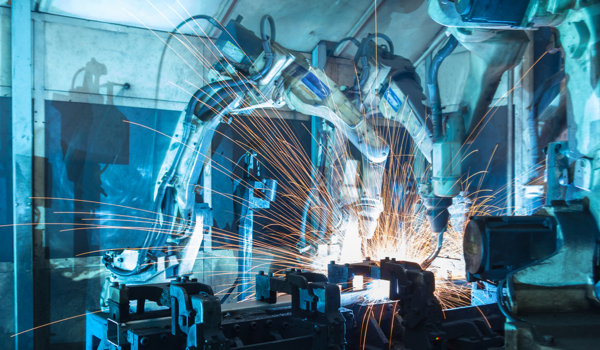


SHANGHAI - With the recent census showing that China’s population shrank last year, demographic pressures seem to be on everyone’s mind.
However, it is important to remember that a smaller population does not necessarily imply lower living standards. There are many ways to offset the effect of fewer workers on gross domestic product per person.
First, people can be induced to work longer. This would be especially beneficial for China, which has a relatively low retirement age. Second, better education can make workers more productive. Third, ‘total factor productivity’ can be raised by upgrading the country’s product mix and by finding efficiencies in the production processes.
A fourth way to increase output in the face of a declining labor force is to provide the remaining workers with better tools. Raising ‘labor productivity’ in this way seems to be the motivation behind China’s ‘Robot+ Application Action Plan,’ jointly released earlier this year by the Ministry of Industry and Information Technology in tandem with 16 other ministries and departments.
The Plan also aims to use robotics as a way to promote high-quality economic and social development, targeting 10 industries in which it wants to increase the use of robots (Table 1).

The use of robots in industrial production processes is already widespread in China. According to the International Federation of Robotics (IFR), China has been the world’s largest market for indus
The content herein is subject to copyright by The Yuan. All rights reserved. The content of the services is owned or licensed to The Yuan. Such content from The Yuan may be shared and reprinted but must clearly identify The Yuan as its original source. Content from a third-party copyright holder identified in the copyright notice contained in such third party’s content appearing in The Yuan must likewise be clearly labeled as such. Continue with Linkedin
Continue with Linkedin
 Continue with Google
Continue with Google









 4682 views
4682 views








